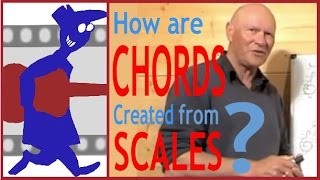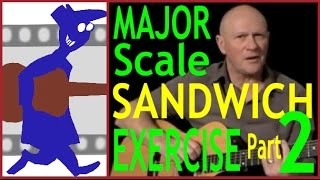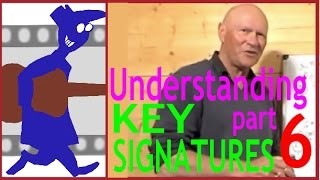How to arrange a song on guitar
Published on 26 January 2016
Making your own version of a song on guitar. Creating an interesting cover version of a song on guitar. Arranging someone else's song.
From the Secret Guitar Teacher Site: http://secretguitarteacher.com/youtube/ssb.php?lp_id=882
Here's the video script:
When you approach learning a song someone else has written you generally take one of two approaches.
Either you try your best to make it sound as close to the original recording of the song as possible. Or you use the original as a point of departure and adapt it to your own style of playing - you create your own version.
In these lessons I just want to share some of the basic ideas, tricks of the trade and ways of thinking that I apply when I am 'making my own version of a song'.
I've chosen one of my long-time favourite songs to work with: Bob Dylan's heartfelt tribute to the Blues: 'Blind Willie McTell'. Here's the basic chord sequence:
And the song can of course be played simply by strumming along using basic chord shapes like these. But one of the things I like to do, is to combine basic shapes with alternative ways of playing the same chords, using a mixture of open strings and notes fretted higher up the fret board.
So for Em for example I jump from the basic chord up to this version...leaving the top and bottom strings ringing open and just fretting the middle four strings
The big, open sound of this voicing of the Em chord comes from the fact it now has no less than four root notes. Before settling on this option as the one I most liked the sound of, I tried each of these options as well...
All alternative voicings of the basic Em chord that are generated just by noticing which fingered notes can be replaced by open strings.
I invite you to try those for yourselves, maybe you'll settle on a different option.
Looking at the next chord, B7, I had noticed that in some versions of the song this gets substituted for by a B minor chord in the intro and fills parts of the song. So, I thought why not try a sus 4 which is very much an in between chord in terms of its tonality. To make a sus 4 we replace the third note in the key - in this case D# with the fourth E. I have settled on this voicing to go with the Em shape I'm using
Here you can see how we've dropped the D# - the note that gives the B7 chord its Major tonality and also left out the A - the note that makes it a dominant chord and instead we have introduced the rather indecisive fourth note of the key of B: E on our open top and bottom strings.
So my intro links the two Em shapes with this slide up the fifth string adds the B sus 4 and returns back to the basic Em.
I then use a version of the Em7 chord played using harmonics at the twelfth fret to link things together rhythmically and provide a bit of contrast to the darker sounds of the open chords. If you've not used harmonics before here's the trick ...
Finally for this lesson, I play a simple minor scale riff. So my whole intro goes like this.
I'll run through some of the other ideas I use on my version of this song in the next Sound Bite. But meanwhile I encourage you to explore the ideas we have been over here and see if you can come up with your version of this intro, or if you prefer, choose a different song and apply the same basic ideas to that.
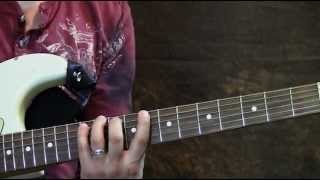 Music Theory Made Easy: The Easy way to Play the M...
Music Theory Made Easy: The Easy way to Play the M...
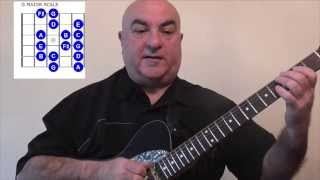 The Major Scale and its Chord Family for the Guita...
The Major Scale and its Chord Family for the Guita...
 Tuning for the guitar
Tuning for the guitar
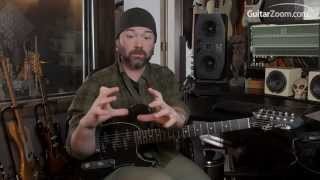 Pentatonic Scales On Guitar
Pentatonic Scales On Guitar
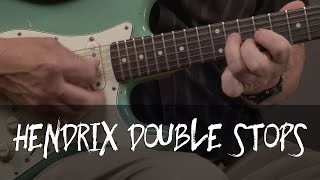 Jimi Hendrix Double Stop Guitar Lesson
Jimi Hendrix Double Stop Guitar Lesson
 3 Beginner Fingerstyle Riff Exercises - Guitar Les...
3 Beginner Fingerstyle Riff Exercises - Guitar Les...
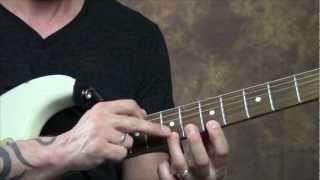 Learn to Bend Your Guitar Strings the RIGHT Way
Learn to Bend Your Guitar Strings the RIGHT Way
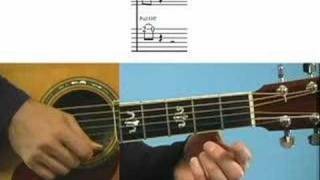 Learning Guitar Tab: Hammer Ons & Pull Offs
Learning Guitar Tab: Hammer Ons & Pull Offs
 How To Use Scales For Improvising On The Guitar
How To Use Scales For Improvising On The Guitar
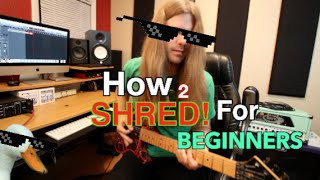 How To Shred For Beginners Part 1 ( With TABS!!)
How To Shred For Beginners Part 1 ( With TABS!!)

